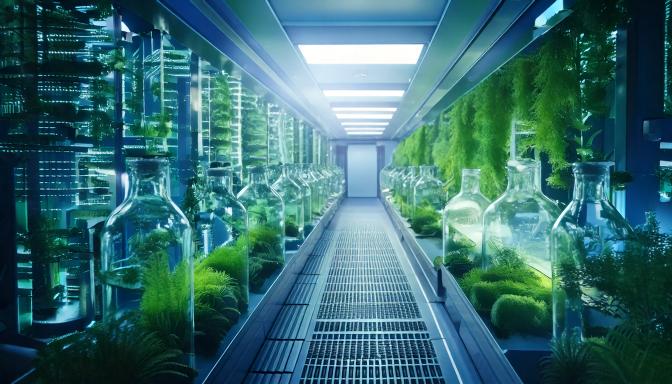How Gene Therapy Will Shape the Future of Treatment
CRISPR technology and gene therapies are ushering in a new era of personalized medicine, enabling treatments for diseases that were once untreatable. From precise DNA editing to effective therapies for genetic disorders and engineered resistance to pandemics, the genetic revolution is already transforming the way we define healthcare. But what challenges and promises come with this breakthrough technology?
What is CRISPR Technology?
CRISPR (Clustered Regularly Interspaced Short Palindromic Repeats) is a technology that allows for precise editing of DNA, enabling the modification of genes. Developed by Jennifer Doudna and Emmanuelle Charpentier, CRISPR functions as “molecular scissors,” allowing scientists to cut, insert, or replace specific segments of DNA.
This innovation has revolutionized genetic research thanks to its simplicity, accuracy, and low cost. For the first time in history, researchers have tools capable of modifying the genomes of human cells with unprecedented precision.
Gene Therapy: Treating Diseases at Their Source
Gene therapies using CRISPR have the potential to treat a wide range of genetic diseases, including:
- Sickle Cell Anemia – CRISPR enables the editing of genes responsible for defective hemoglobin production.
- Cystic Fibrosis – The technology allows correction of faulty genes causing the buildup of thick mucus in the lungs.
- Duchenne Muscular Dystrophy – DNA editing can restore the functionality of genes required for muscle regeneration.
Fighting Cancer
CRISPR is being tested in cancer therapy, where it enables precise modifications of immune cells to enhance their ability to combat tumors.
Pandemic Preparedness
CRISPR technology may be used to engineer resistance to viruses, such as SARS-CoV-2. Researchers are exploring methods to edit genes to create “super-resistant” cells that can halt viral spread within the body.
Gene Therapies and Personalized Medicine
Personalized medicine involves tailoring treatments to the unique genome of each patient. CRISPR enables DNA analysis and the design of “custom-made” gene therapies, allowing for:
- Targeted treatments – Modifying disease-causing genes without affecting other cellular functions.
- Genetic predisposition identification – Helping predict the risk of developing certain conditions.
- Accelerated clinical trials – Through precise genetic testing of drug effectiveness.
Challenges for Gene Therapies
While CRISPR technology offers tremendous potential, it also poses challenges that need to be addressed:
- Ethical Concerns: Should gene editing be restricted to treating diseases, or could it be used for “enhancing” human capabilities?
- Safety: Some studies highlight the risk of unintended DNA mutations, which could lead to new diseases.
- Accessibility: Gene therapies remain expensive, potentially limiting their availability to the wider population.
The Future of Gene Editing
Despite these challenges, genetic technology is already transforming medicine. Scientists are actively working to refine CRISPR, and ongoing clinical trials demonstrate its potential to become the foundation of personalized medicine.
Jennifer Doudna, co-creator of CRISPR, emphasizes that this is just the beginning — the possibilities of CRISPR continue to expand, from curing diseases to engineering virus-resistant plants and animals.
In her April 2023 TED talk, Doudna, takes us from molecular scissors to a new era of gene editing. She begins by recalling how CRISPR-Cas9, discovered a decade ago, revolutionized science—from treating sickle cell disease (Casgevy, 2023) to engineering drought-resistant crops. But the real breakthrough, which Doudna calls “bigger than we think,” is CRISPR 2.0: technologies like prime editing and CRISPRoff.
Prime editing, introduced in 2019, allows precise DNA “rewriting” without cuts, paving the way for treatments of complex diseases like cystic fibrosis or Alzheimer’s. CRISPRoff, unveiled in 2021, enables genes to be turned on or off without permanent changes—Doudna likens it to a remote control for our genetic software. By 2025, these tools are entering clinical phases, promising tailored therapies that not only cure but prevent diseases.
Doudna doesn’t shy away from tough questions. How do we ensure these technologies are accessible to all, not just the wealthy? What about the risks of unethical use, like editing human embryos? She stresses that science must pair with global responsibility—from regulation to public education. She concludes with a vision: a world where CRISPR not only fixes genes but helps humanity survive climate change, pandemics, and aging populations. This isn’t science fiction—it’s a future starting now.
Sources:







